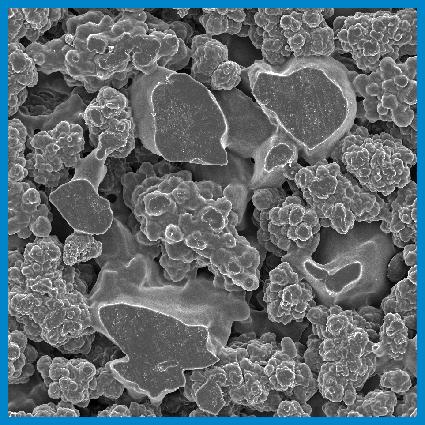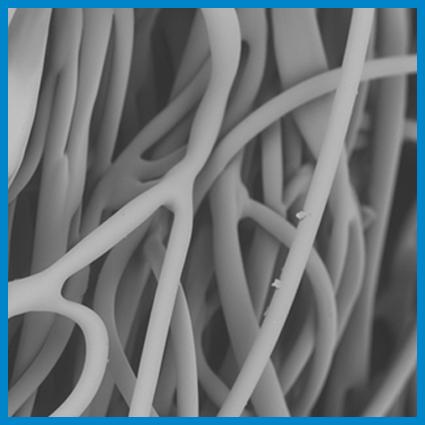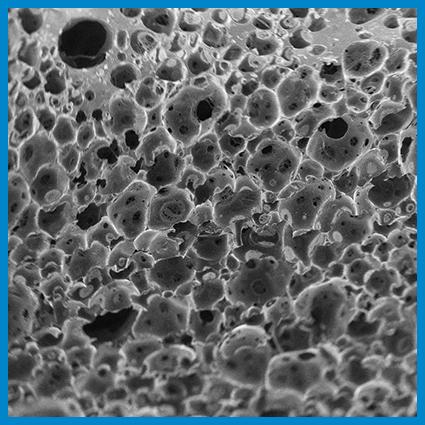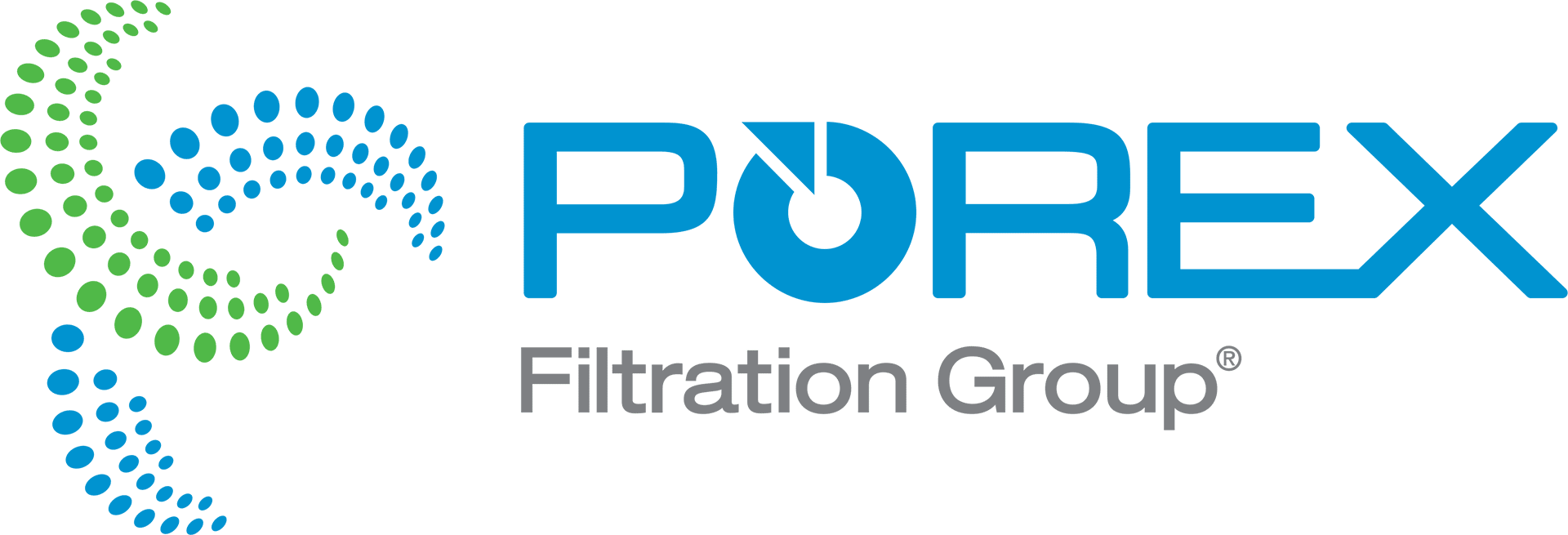Experts in Porous Polymer Innovation
Nearly 60 years ago, Porex launched the sintered porous plastics industry by developing and manufacturing porous polymer materials to support caustic fluid separation processes. Since 1961, we have applied our extensive porous polymer material science, product design, and custom plastic manufacturing expertise to developing porous solutions that overcome our customers’ complex product development challenges and speed up their product launches.
With our proprietary technologies, we design and produce advanced porous materials exhibiting a broad range of thermal, chemical, mechanical, and electrical properties. In complex situations with multiple functional requirements, our development engineers will find the right technical solution using our expansive portfolio of materials and technology platforms.
Global market leaders in healthcare, consumer, and industrial product development and manufacturing rely on our custom porous polymer components because of the high reproducibility of our manufacturing processes, which ensure that the billionth part is the same as the first. Over 1,500 customers in 65 countries trust Porex to develop the porous polymer technology that will bring their products to life.
Our products are free of PFOA, compliant with (EC) 1907/2006 REACH / Regulation (EU) 2019/1021 POP.
Our porous polymer solutions fall under three main technology platforms:

Sintered Porous Plastics
POREX® sintered particle materials are engineered from various polymers with controlled pore sizes to provide outstanding strength, durability, chemical resistance, resiliency, and design flexibility across multiple applications. As with other porous materials such as foams and sponges, our sintered particle materials are composed of pores whose cavities are connected to one another, permitting fluidic communication throughout the part.
Porex manufactures porous plastic products from various thermoplastic materials exhibiting a broad range of properties. Ultra-high molecular weight polyethylene (UHMWPE), high-density polyethylene (HDPE), polypropylene (PP), polytetrafluoroethylene (PTFE), and polyvinylidene fluoride (PVDF) are our most common base materials. Ethylene vinyl acetate (EVA), polyethersulfone (PES), polyurethane (PU) and PE/PP co-polymer are also frequently used. Our lightweight materials are moldable for high volume economies and offer easy fabrication or conversion to different forms. Large sheets, rolls, or other material formats can be provided or sized to specification.

Porous Bonded Fibers
When Porex enabled the rapid production of bonded fiber components from a range of bi-component and specialty fiber materials, it opened the door to numerous new blends and fiber combinations for multiple markets.
In addition to porous plastic media, Porex offers material expertise in bonded fiber media. Our production methods utilize synthetic fiber binding processes to produce parts cost-effectively and with a wide assortment of extruded profile geometries. A blend of polymeric fibers bonded together for ideal fluid handling capillary structures. Materials include polyester, polyolefins, nylon, cellulosic, acetate and other fibers.
Porex has extensive experience with numerous fiber material combinations used to satisfy a wide range of fluid transfer product requirements for medical, industrial, and consumer markets. The material is carefully selected based on customer criteria.

Porous Open-Cell Foam
Our open-cell foam technology platform is developed using proprietary or customized blends of raw materials created through a clean polyurethane process without the use of catalysts. Different formulations offer wide-ranging densities, porosities, and levels of softness to meet our customers’ requirements. Open-cell foam types include both medical-grade (ISO 10993-certified) and cosmetic foams, with pore sizes ranging from 90 microns to over 350 microns. Porex has the ability to incorporate customer-exclusive additives including antimicrobials, nanomaterials, pharmaceuticals, botanicals, cosmetic ingredients, and colorants into the foam. Based on the type and end use of the foam, converting, roll stock, and laminations are also available.

